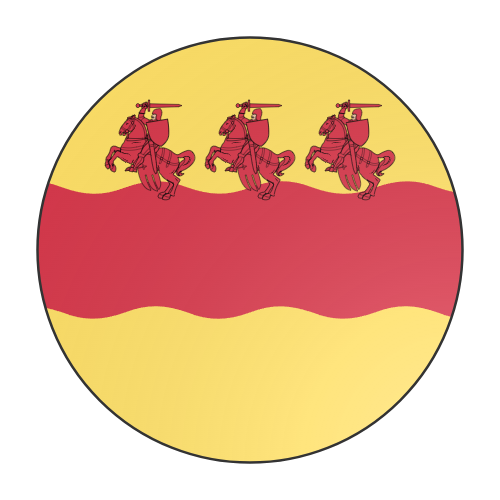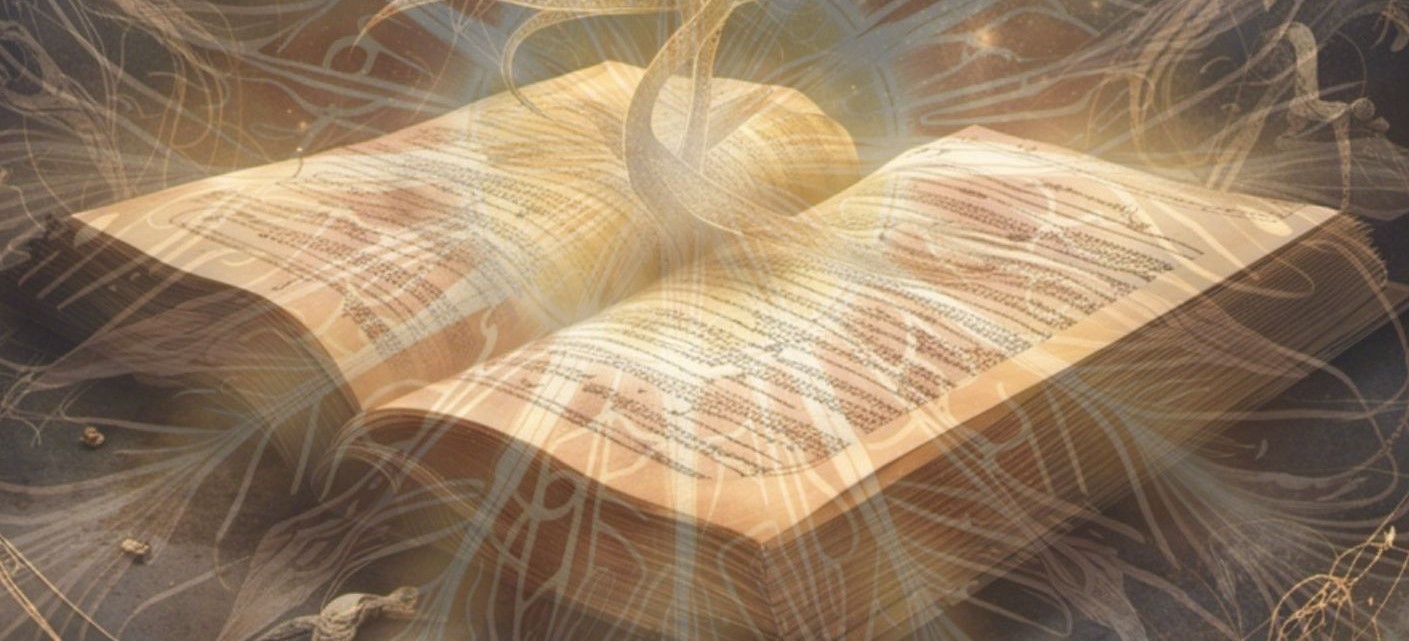Asqah Caliphate
Structure
The Asqah Caliphate has a hierarchical structure with a strong central authority. The structure is led by the Caliph Supreme, who serves as both the religious and political head. Beneath the Caliph Supreme are various administrative and religious officials, forming a pyramid of authority.
- Caliph Supreme: The head of state and religious leader.
- Ministers: Responsible for specific governmental functions like finance, defense, and foreign affairs.
- Religious Scholars: Responsible for interpreting and implementing religious laws.
- Provincial Governors: Administer different regions of the caliphate.
Culture
The culture of the Asqah Caliphate is deeply rooted in ancient traditions, combining religious practices, rituals, and a reverence for history. Key cultural aspects include:
- Religion and Spirituality: Isisianism plays a central role, with temples and religious ceremonies being important cultural events.
- Hieroglyphics and Art: Ancient art, including hieroglyphics, is preserved and respected, reflecting the rich history and traditions.
- Ceremonies and Festivals: Traditional festivals and ceremonies are celebrated to honor deities and commemorate historical events.
- Family and Social Structure: Family is highly valued, and social structure often mirrors ancient hierarchies.
History
The Asqah Caliphate has a rich and storied history. Key historical events include:
- Foundation: The caliphate traces its roots to the consolidation of various Egyptian city-states under a charismatic leader who proclaimed himself the first Caliph Supreme. This marked the beginning of the unified Asqah Caliphate.
- Golden Age: During this period, the caliphate flourished culturally and economically. Advances in agriculture, architecture, and the arts characterized this era. The construction of grand temples and pyramids symbolized the prosperity of the kingdom.
- Decline and Foreign Rule: Internal strife and invasions by foreign powers led to a decline in the caliphate's influence. It fell under the control of various conquerors, disrupting the once-stable governance.
- Revival: The Asqah Caliphate experienced a revival, reclaiming its independence and reestablishing its cultural and religious practices. This era saw the reconstruction of ancient temples and a renewed focus on preserving Egyptian traditions.
- Foreign Influences: Interaction with neighboring civilizations brought new ideas and technologies to the caliphate. It adapted to changing times while carefully preserving its core cultural identity.
- Modern Era: The Asqah Caliphate has persisted into the modern era, adapting to geopolitical changes while maintaining its ancient traditions. The discovery of new archaeological sites and the ongoing restoration of historical monuments contribute to its continued cultural richness.
- World War 1
- World War 2
- World War 3
- World War 4
- Joining Cosmic Concordance
- Joining together to make and launch SSCP Ripper Star
Demography and Population
1.7M population spread out over 75K mi2

Unity through Wisdom, Harmony through Faith
Founding Date
12 Aurora 12 AE
Type
Geopolitical, Theocracy
Capital
Alternative Names
Isis's Realm, Asqah, The Caliph
Training Level
Professional
Veterancy Level
Veteran
Demonym
Asqahan
Leader Title
Government System
Theocracy
Power Structure
Unitary state
Economic System
Traditional
Official State Religion
Location
Related Traditions
Related Ranks & Titles
Controlled Territories
Notable Members
Related Ethnicities
Related Myths
Related Plots



Comments